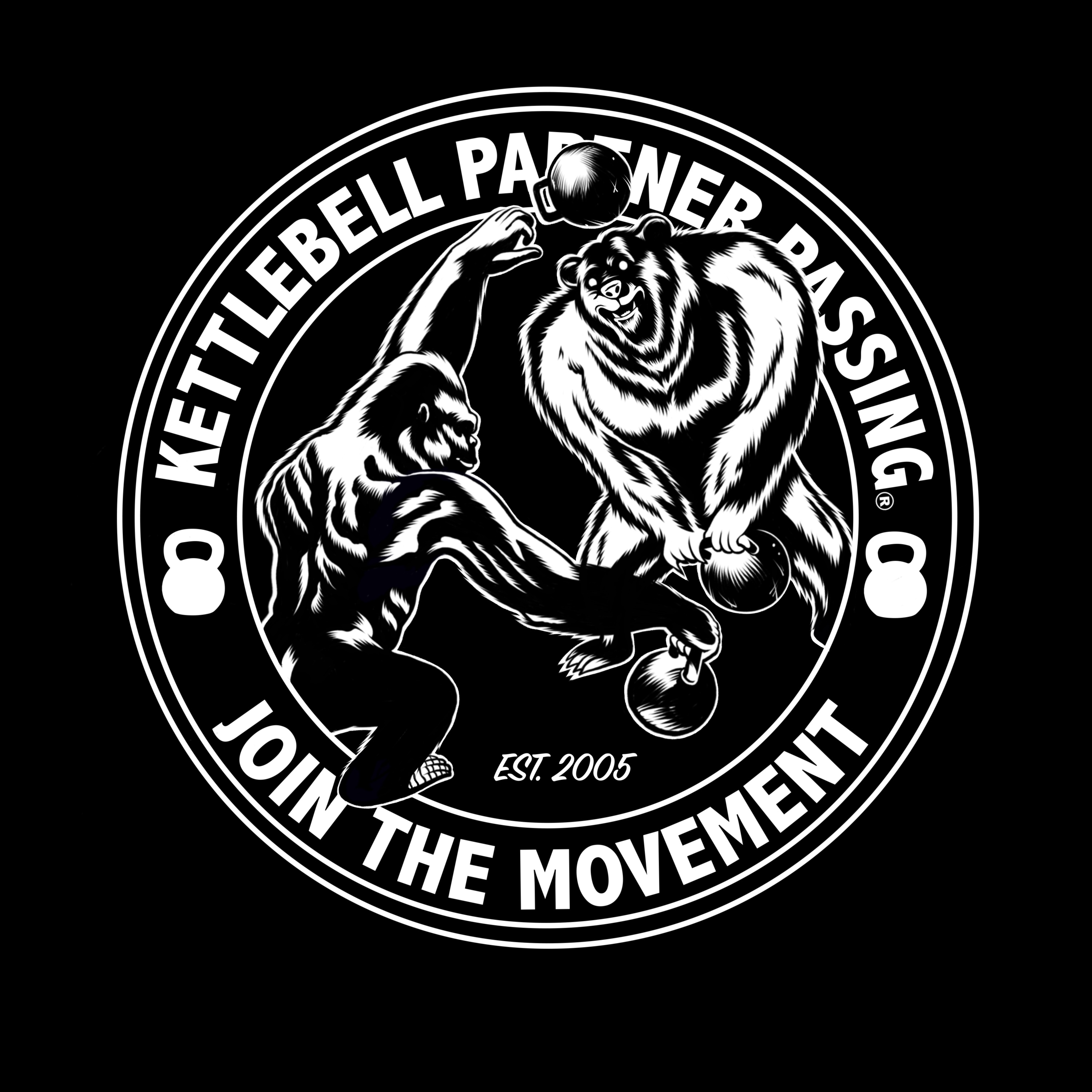Communication: The Key to Connection
- Kettlebell Partner Passing

- Sep 30, 2019
- 4 min read
Updated: Aug 28, 2021
By Chris Hook, KPP-coach, SFG-Elite, SFG team leader, FMS2,

I have spent most of my training career alone. That sounds sad, but it’s just the nature of strength training. There are other people in the gym but we are all doing our own thing. Sometimes I might be deadlifting with a partner but his routine is usually unrelated to mine.
You can push a training partner to “Get it!” on a tough set of Deadlifts and cheerlead a little bit, but there is limited cooperation and connection there. This is one of the reasons why Crossfit has become so popular because it provides a community and connection with the ‘tribe’. I have gravitated toward activities that don’t require a team or a partner. I grew up loving to surf, skateboard, and snowboard. Sure, I would do these activities with friends a lot of the time but I usually found it easier to just depend on myself.
However, Kettlebell Partner Passing (KPP) cannot happen without a partner and that is what I find most unique about it. You can juggle by yourself and doing that certainly develops your skills for KPP. But even solo juggling does not substitute for passing a kettlebell with a partner. Passing the kettlebell with your partner is the ingredient that makes KPP such a powerfully nourishing activity.
One of the pillars of KPP is Communication. Without communication it is next to impossible to find the real depth and connection the comes with KPP. I am not saying to talk to your partner incessantly as you are passing or give them a recap of your day. Here are three communication suggestions that will help bring flow and rhythm to your session:
1) Ask for what you need.
If your partner is not getting the Kettlebell to you with their passes and forcing you to reach for the bell, ask them to get the bell to you. I will usually catch 2 poor passes to allow them time to correct their passes before I ask directly and clearly for what I need. This gives my partner ample opportunity to adjust on their own. If they do not adjust after 2 poor passes, that is a good indicator that feedback is needed.
2) A little goes a long way…less chatter is better communication.
Keep your comments, feedback, and questions brief. If there is too much chatter, it becomes difficult to relax and find a rhythm in the set which will likely affect the whole session. Use a minimum conversation to keep the passes flowing and be sure to be clear in what you say. Remember if things are going well, there is probably no need for much verbal communication. Allow yourself to get familiar with the nonverbal cues that tell the story of how you are passing to your partner.
3) Check-in.
This is a big one. Over time you will learn to read any partners body language and know if you are passing them ‘easy-to-catch’ passes often referred to as “here you go” passes. Early on, to gain that feel and to develop that awareness ask them, “How are these passes?”; or “Do you need anything?”. Sometimes your partner might look like they are easily catching and returning the bell, but you might not be giving them the easiest pass to catch and it may actually be beating them up. When you ask them for feedback, you are giving them a chance to ask for what they need and they can either request something different or confirm that what you are doing is working well for them.
Communication is key to all styles of KPP. For freestyle especially, you often need to work on a skill before you can incorporate it into a freestyle session. Check out the video below. Michael and I are doing some helicopter passes with double bells. Listen to the pre-passing conversation Sometimes it takes a little communication just to understand what each partners role is going to be.
In this example it was a matter of who will pass low and who will pass high. Then after about 3 or 4 passes, Michael Checks-in with me. He asks, “How are those passes?”. After a few more passes he asks, “Are you ready to switch?”. I reply, “Yes” and confirm that I am going to switch from passing high to passing low on the next rep. At the end I give the down signal meaning let’s finish the set and put the bells down.
When there are two bells in the air you need to make sure that you are both putting the bells down together so no-one is taking a bell to the head. I know the audio is not amazing, which is why most passing videos are without sound. But this is the type of communication that goes into making something like Helicopter passes with two bells happen seamlessly. Both bells in the video are the same weight (16kg) but different colors. Whether you are using 1, 2, 3, or 4 kettlebellsthe same type and amount of communication is appropriate and necessary for success.
When the communication is lacking in partner passing, your sessions lack the ability to become as rich and gratifying as they can be when you do communicate and sync up with your partner. Sure, this is just a kettlebell being passed back and forth but the lesson here applies everywhere in life. Communication is the key to all functional relationships. If you avoid talking about issues with your significant other, how can the two of you grow and deepen your connection. It is just like if you avoid talking about your partner's bad passes---how can the two of you improve at passing and more thoroughly enjoy KPP?

To get email notifications about new blog posts, subscribe to our mailing list.

Comments